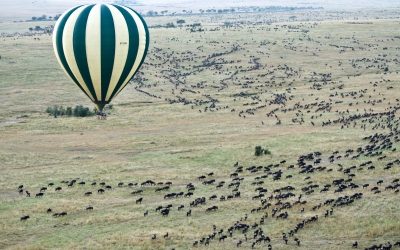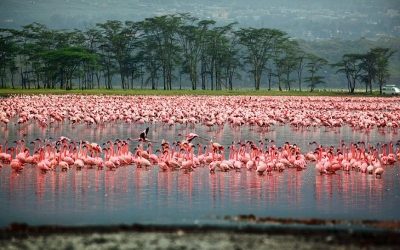Amboseli National Park lies in the North West of Mt. Kilimanjaro, on the border with Tanzania.The park covers 392 km² and forms part of the much larger 3,000 km² Amboseli eco-system.Large concentrations of wildlife inhabit this arid savannah, making Amboseli a popular tourist destination.
The salted lake of Amboseli, most of the time dry, is a large area of dusty desert. Once you crossed this arid dry-lake bed, beautiful green swamps, hidden nature’s treasures irrigated by ground water coming from the largest single mountain of the world, Mt Kilimanjaro, offer an amazing ecosystem, a reminder of paradise and freshness.
The main attraction is the view of elephants grazing in front of the majestic mountain – only visible early in the morning or late afternoon.The park is home to the Maasai community whose culture and values are an attraction in itself, however this has been punctuated by adversity such as the reallocation of the park’s land by the Kenya Wildlife Services.
The park was established in 1974 and covers an area of392 km square. It forms part of the Amboseli eco- system covering an area of 3000kmSquare. It is located on the border with Tanzania and Kajiado district, in southern Kenya.
Most lodges are situated in the center swamp Ol Tukai and one public campsite is located atthe South border of the park near the Observatory Hill.Amboseli is approximately 200km from Nairobi and the usual route is via Namanga. The road is tarmacked up until Namanga from where the ride becomes rough. The other road is via Emali on the Nairobi- Mombasa road. The park has a single airstrip for light aircraft with Air Kenya providing daily flights. The park can be accessed via five gates, Kelunyiet, Iremito,Imeshanan, Kitirua & Airstrip.
Amboseli is famous for its big game and its great scenic beauty – and the landscape isdominated by the towering Mount Kilimanjaro.Amboseli National park is generally not a large park but there is plenty to see. The animalselection is vastly diverse. Elephants are a majority, the largest number in all Kenyan parks.


